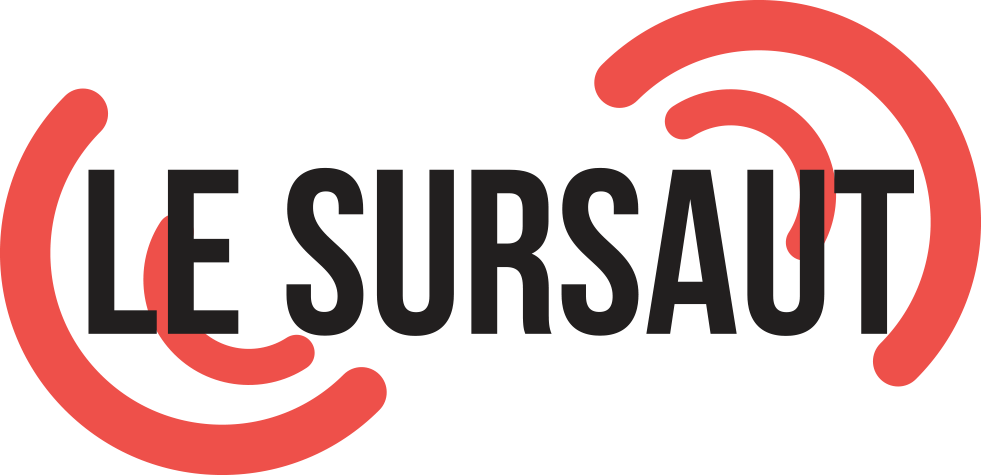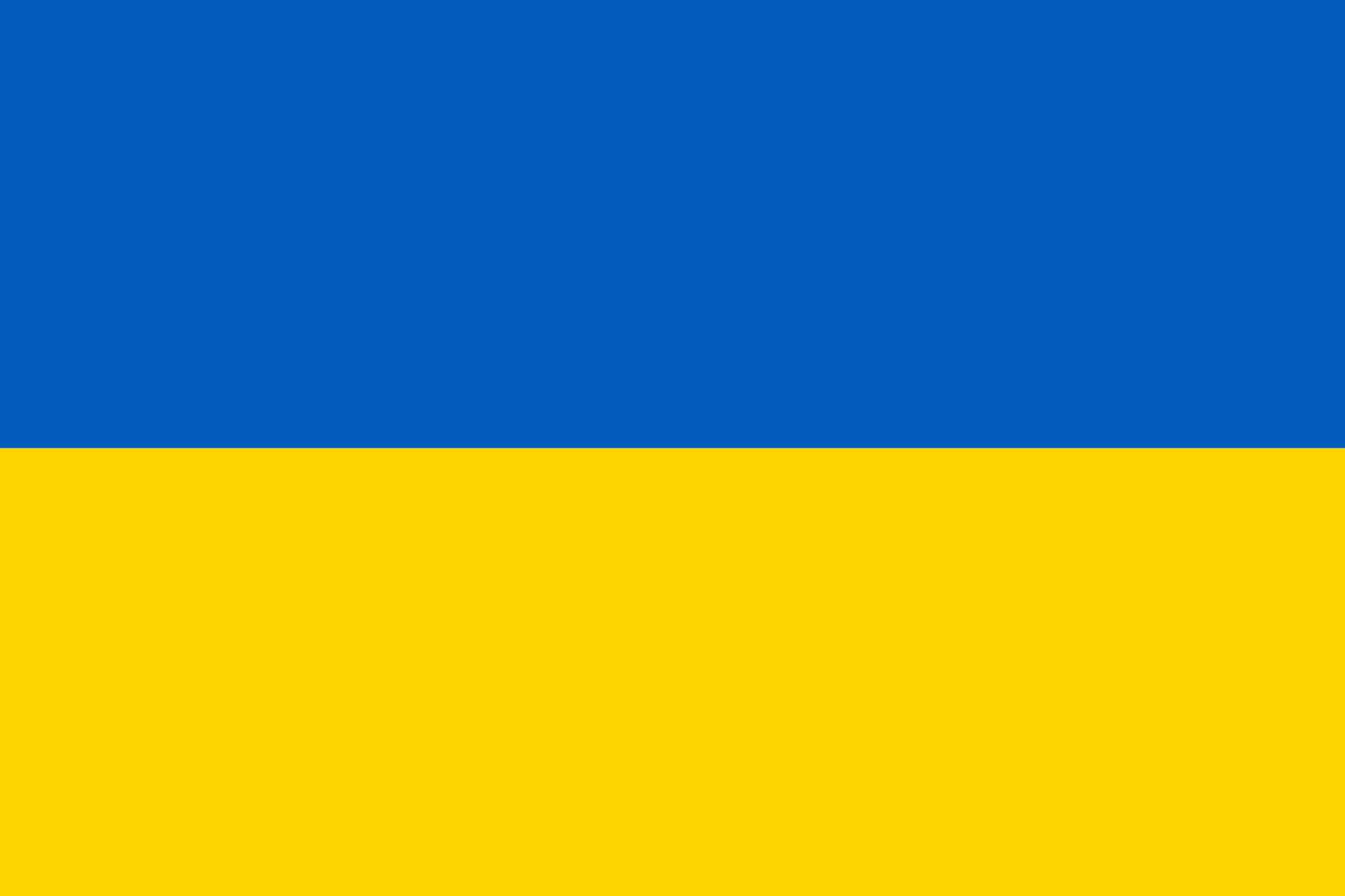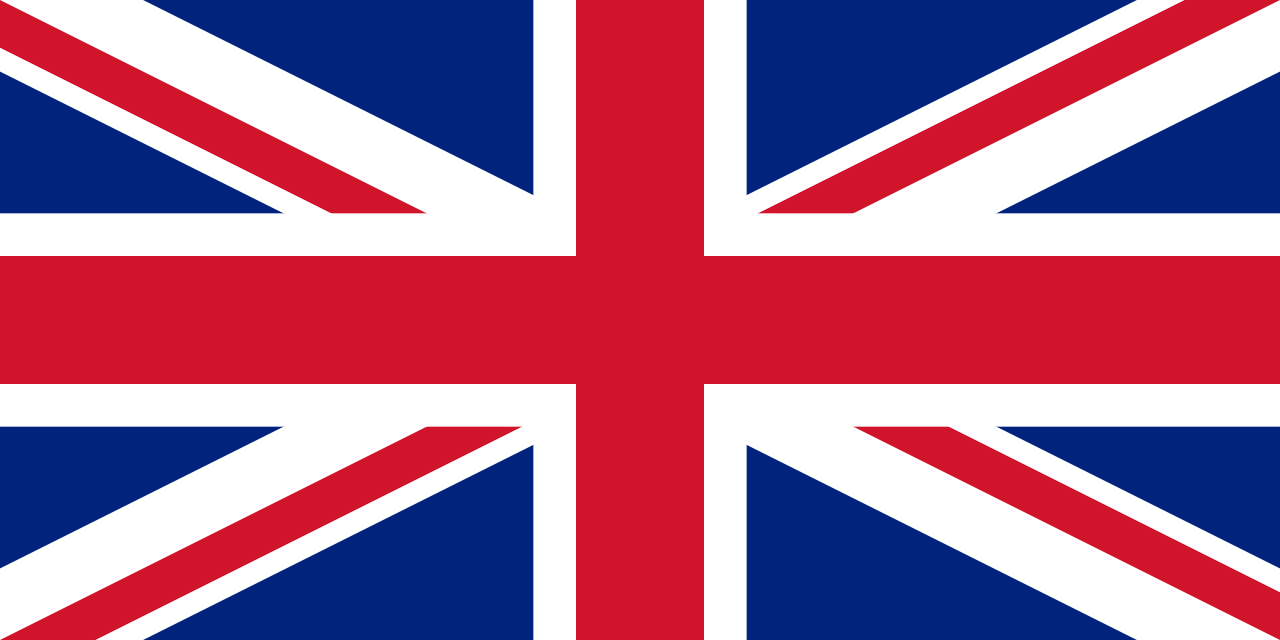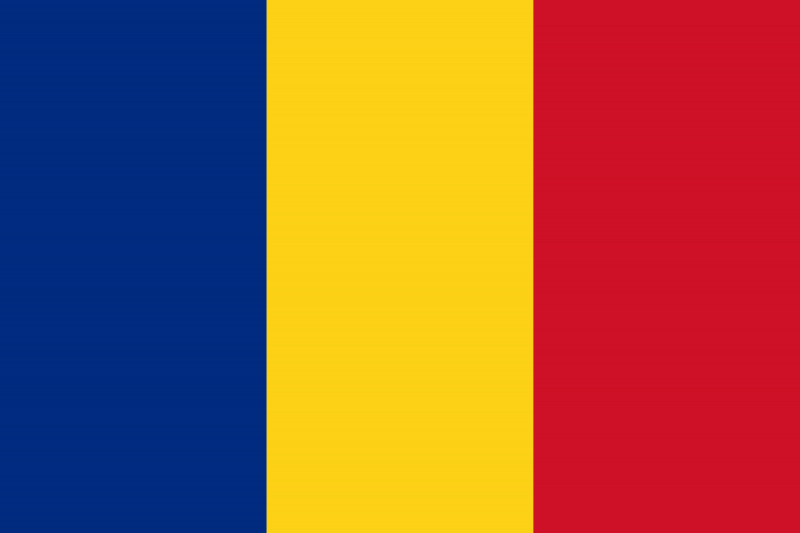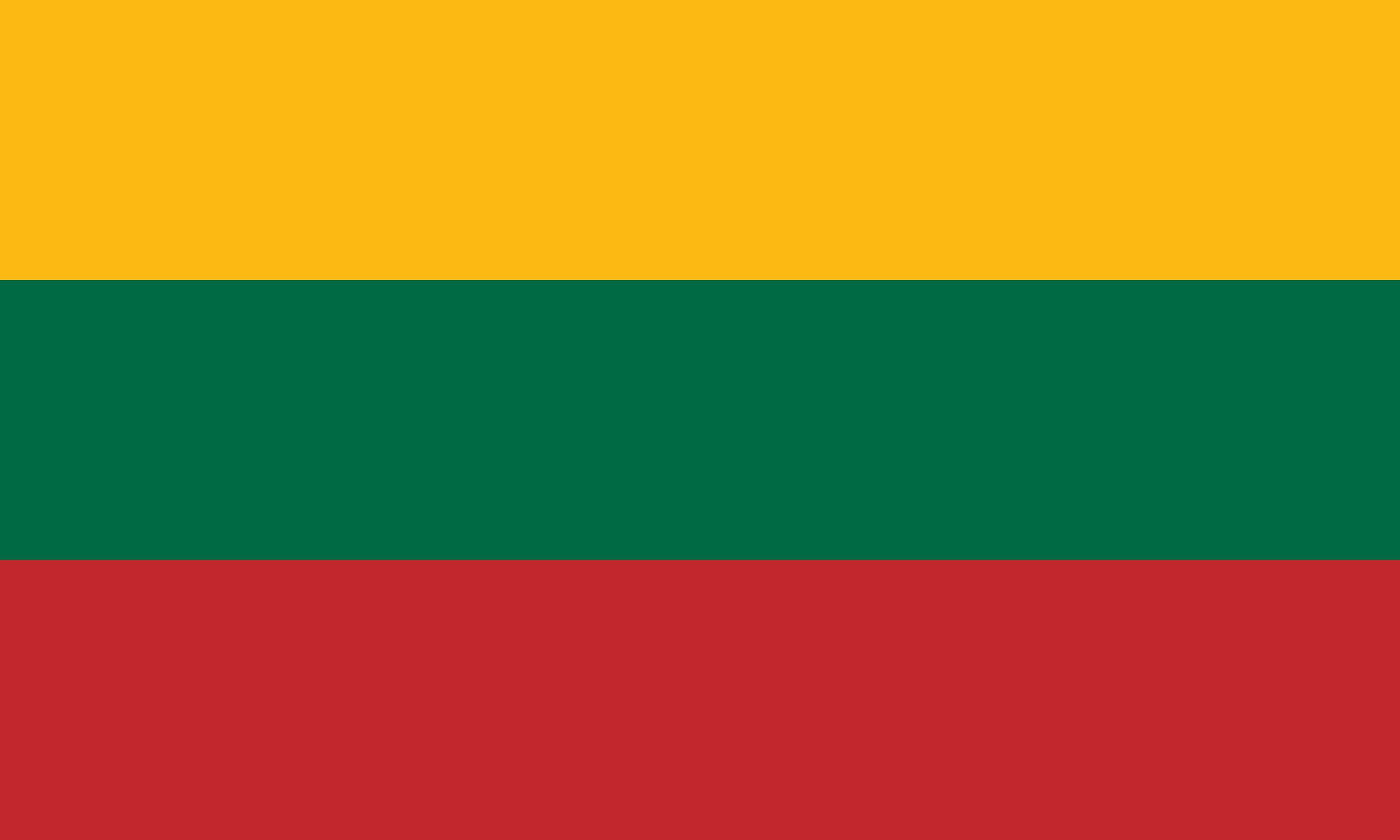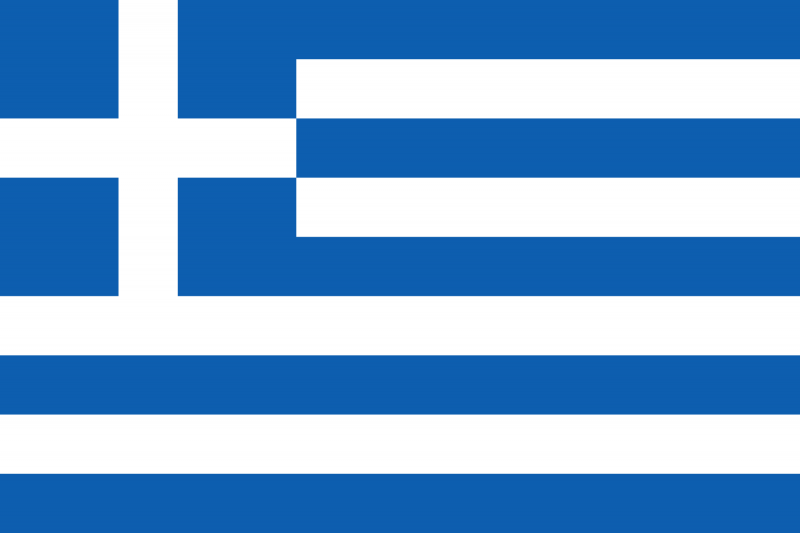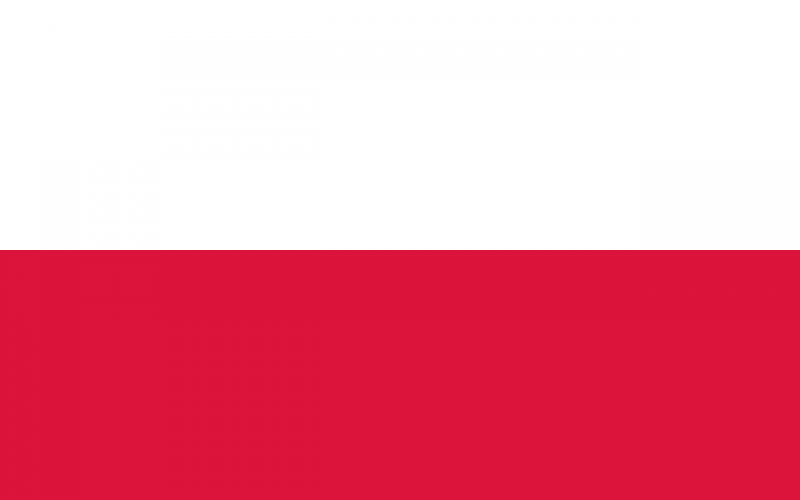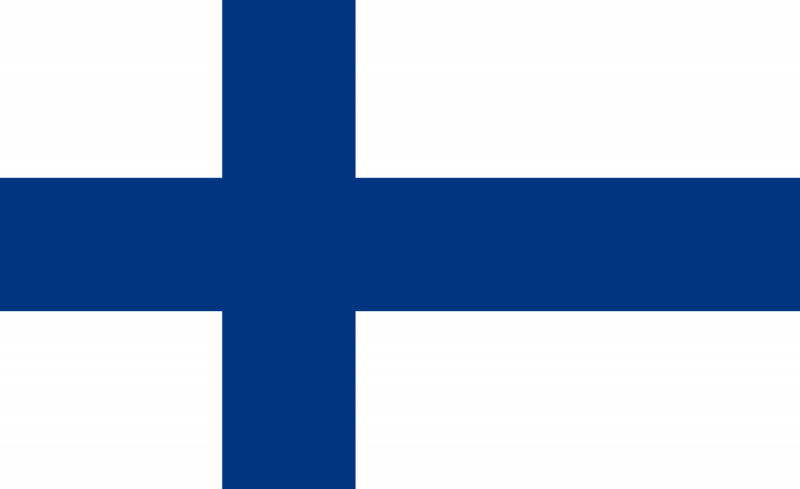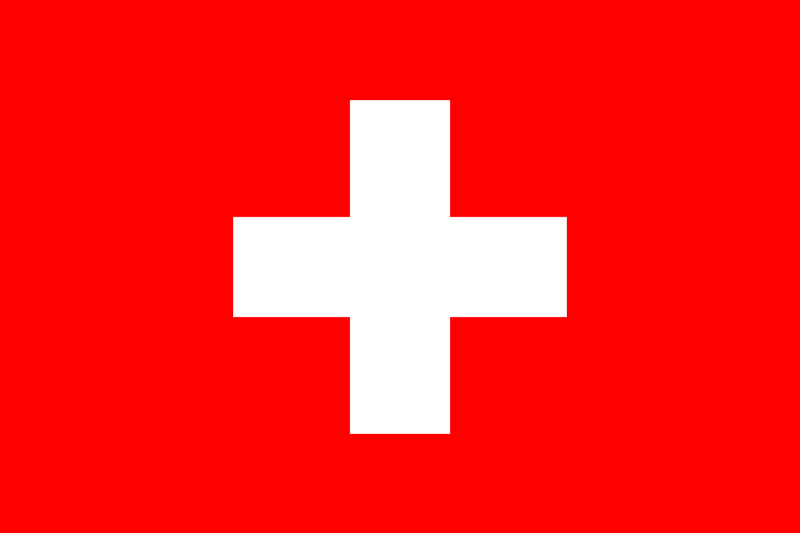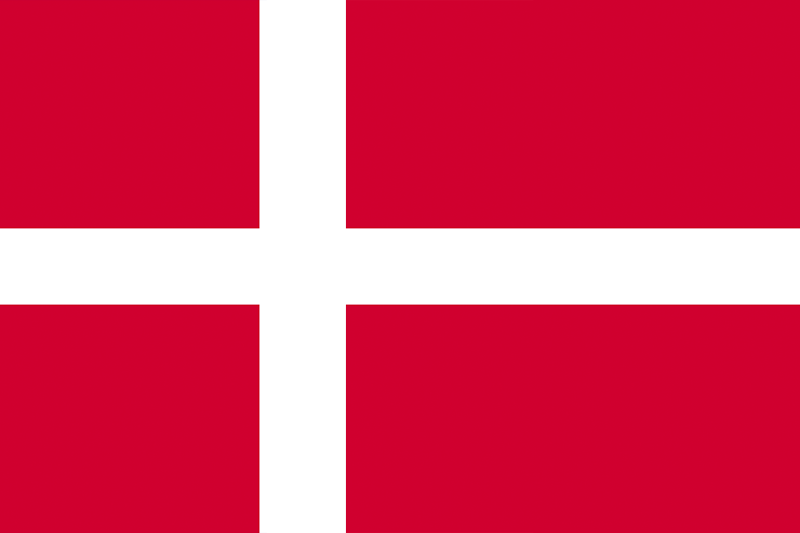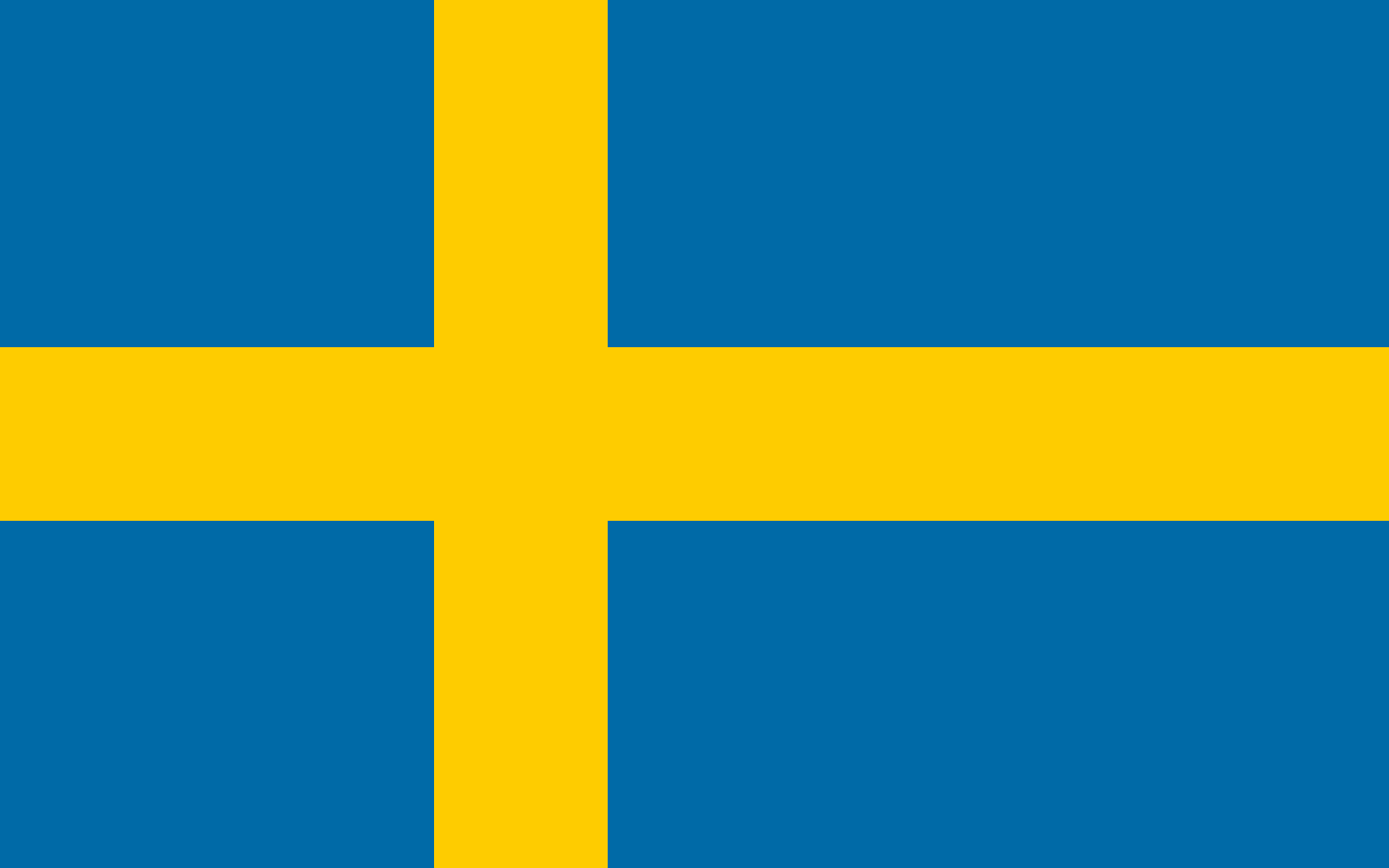 Sweden
SwedenRadical Right-wing Populism and how it feeds from the Crisis Europe faces
Within the partnership with the Association of the European Affairs Master at Sciences Po (AMAE)
Radical Right-wing Populism in Sweden – An introduction
The campaign organisation Keep Sweden Swedish (Bevara Sverige Svenskt BBS) was created in 1979 with the main purpose of mobilising anti-immigration movements in Sweden that were rooted in Nazi and Fascist organizations. Before the campaign, Nordic populism mainly evolved around the core message of dissatisfaction regarding taxes, state monopolies and trade union influence, and had no direct criticism of either multiculturalism or immigration resistance in their propaganda.[1] However, the campaign resulted in the creation of a new party family labelled Radical Right-wing Populism, which saw taxation and trade unions as a threat to Sweden in addition to immigration. The Swedish Democrats were created by members from the BBS campaign who were seeking a political facade from street violence and became a political party in 1988.[2] The party’s primary concern was “mass-immigration” and the threat of mass-immigration and foreign cultural elements. The party was until 1994 disorganized with internal contradictions and no public legitimacy, but in late 1990s, the internal organization started to work on creating a respectable facade.[3] The most provocative wording was removed from the party program and the most extreme members were excluded and in the beginning of the 2000, the Swedish Democrats had gradually developed into a pure radical right-wing populist party that combined ethno-nationalism with a populist political agenda.[4]
The Sweden Democrats are today often described by observers and political opponents as a racist party. The party, however, has since its foundation renounced racism, and describes itself as socially conservative and nationalistic.[5] The Swedish Democrats passed the four per cent barrier and entered the Swedish Parliament in the elections 2010, gaining 5.7% of the votes. In 2014 they increased their support with 7.2 percentage points and became the third biggest party with a total of 12.9% of the votes as well as 9.7% in the European Parliamentary election. They have currently two representatives in the EP, seated in the EFDD group.[6]
Growing Cleavages in Sweden: SD in politics
The Swedish Democrats have increasingly profiled themselves as anti-Muslim and view the mass immigration of Muslims as the biggest threat to Sweden since the Second World War.[7] This political line has been clarified along the leadership of Jimmi Åkesson who has participated in a number of debates expressing his fear of the “Islamisation of Sweden” since he begun his leadership in 2004. He was also behind the creation of a campaign video in 2009 where Muslim women were portrayed as aggressive social parasites feeding from the Swedish welfare system and the elderly’s pensions.[8]
Since their entry in the Swedish Parliament 2010, other parties in parliament have declared a union of non-cooperation. The aim of the policy was to prevent the party from political influence and to discourage voters from voting for the Swedish Democrats. However, political isolation has not slowed the influx of new voters but rather nurtured the party’s populist rhetoric to be one of the political and media establishment discriminated party.
“The Swedish Democrats have gained a pivotal role in parliament after the 2014 elections, becoming the third biggest party and pushing for reforms of asylum and immigration policies”
Because of the non-cooperation policy, the Swedish Democrats’ real impact on Swedish politics has been debated. Some say its influence has been negative meaning that it has led other parties to form coalitions across the left-right scale and pushed immigration-friendly policies.[9] Others have stated that even though their political power in national parliament is limited, the Party has still affected the immigration debate.[10] Moreover, the Swedish Democrats have gained a pivotal role in parliament after the 2014 elections, becoming the third biggest party and pushing for reforms of asylum and immigration policies in municipalities where they’ve gained more support.
Feeding from the Crisis in Europe
It’s evident that the Party gained from the recurrent debates on the many issues facing Europe today. Especially in relation to the migration crisis where the debate has become a way for the Swedish Democrats to legitimate their politics since centre-right parties have also recognized that the influx of refugees has created problems in Sweden. This legitimization of the party’s politics is also visible when viewing the development of voters and supporters. Voters in the 2010 election primarily originated from low-educated, young males in the countryside.[11] While in the 2014 election, support was gained in nearly the entire country including among the highly educated and among high-income earners.[12] The common element found when profiling the supporters in 2014 was that a majority was concerned about growing immigration in Sweden and its effects on Swedish society.[13] Public support for the Swedish Democrats is today just under 20 per cent, and immigration is now among the top issues that Swedish voters consider most important. As a result, the party´s definition and rhetoric on the migration issue has become increasingly dominant and accepted in the public debate, and the party is increasingly viewed as the only one which dares to talk about the “true” issues in Sweden.[14]
“The Secret Service (SÄPO) has described the [radicalisation] situation as a track race where they have to run faster and faster in order to keep up”
Moreover, the increased media attention of the party´s core issue, as well as the inability of reaching agreements on a European level have also been used to pinpoint all the problems they have foreseen since their creation.[15] As a result, Sweden is today getting more polarized between an anti-immigration and anti-Muslim movement where street violence, shootings and fires at refugee camps are getting more common at the same time as there’s an increasing mobilization of civil society against the party and to include and help more immigrants. The threat and fear of terrorism has also played its part where the growing right wing also feeds from the fear from terrorism and religious radicalisation. Sweden faced its first suicide bomber in Stockholm 2010, and even though the outcome for the bomber was rather “unsuccessful” (killing only himself), the earlier more soft approach towards Muslims and radicalisation was put into question and today Sweden faces a growing problem with returning jihadists from Syria. In May 2015, Swedish Integration Chief Police Ulf Boström stated that “at least 50 Swedish jihadis, and perhaps as many as 100, have returned to Sweden and not one has been prosecuted under the laws related to terrorist crimes”[16].
Since the number of potentially dangerous people in Sweden has grown rapidly the last ten years, the secret service (SÄPO) has described[17] the situations as a track race where they have to run faster and faster in order to keep up, with “more focus on preventive measures”. For the first time, they published a report portraying the existing and violence-promoting Islamism, composed by Males knowing each others, using Internet as propaganda tool and having grow up in Sweden. The core differences with cases like France or Belgium seems to be that these groups remain logistically weak: “It is, however, relatively difficult for them to amass sufficient capability due to their lack of network support”[18].
Sources:
[1] Langenbacher, Nora; Schellenberg, Britta (2011): Is Europe on the ‘right’ path? – Right-wing extremism and right-wing populism in Europe, project: “Combating right-wing extremism“, Friedrich-Ebert-Stiftung: Forum Berlin, pp. 271-272, on: www.library.fes.de.
[2] Andersson, Hans (2007): Från Bevara Sverige svenskt BSS 1979 till Sverigedemokraterna 2006. Malmö: Skrivareförlaget. ISBN 91-86794-69-8.
[3] Bjurval, Lisa (2014): From boots to suits: Sweden Democrats’ extreme root, in EUObserver.
[4] Rydgren, Jens (2004): Från skattemissnöje till etnisk nationalism: 15 år med den radikala högerpopulismen i Sverige, in “Från Le Pen till Pim Fortuyn – populism och högerextremism i dagens Europa”, Malmö: Liber.
[5] Sverige Demokraterina: See the section “Vår Politik”, on: www.sd.se.
[6] SVT (2015): SD-väljarna finns nu i alla väljargrupper, on: www.svt.se.
[7] The Local (2015): Åkesson: ‘Islamism is the Nazism of our time’, on: www.thelocal.se.; Langenbacher; Schellenberg, p. 276.
[8] See the Campaign video on Youtube called “Sverigedemokraternas officiella reklamfilm, tv4”.
[9] Intervju with: Bolin Niklas (2015), available on Youtube.
[10] For Example: Roland Utbult (KD), Ebba Bush Thor (KD), Jan Björklund (FP). More examples here.
[11] SVT.
[13] Ibid.
[14] Sveriges Radio (2014): Sverigedemokrater får större inflytande i asylärenden, on: www.sverigesradio.se. :
[15] BBC News (2015): Sweden far-right party makes gains from migrant crisis, on: www.bbc.com.
[16] Hampus, Dorian (2015): Inga åtal väcks mot svenska IS-hemvändare, on: Göteborgs-Posten, www.gp.se.
[17] Sakerhetspolisen, Swedish Security Service (2010): Report on Violence-Promoting Islamist Extremism in Sweden, on: www.sakerhetspolisen.se.
[18] Sakerhetspolisen, Swedish Security Service (2014): Annual Report, on: www.sakerhetspolisen.se.
More info:
BBC NEWS (2014), Profile: Far-right Sweden Democrats, on: www.bbc.com.
The Guardian (2015), Anti-immigration, anti-liberal: meet Sweden’s far-right future – video, on: www.theguardian.com.
The Guardian (2015), Swedish asylum policy fuels support for far-right nationalist party, on: www.theguardian.com.
